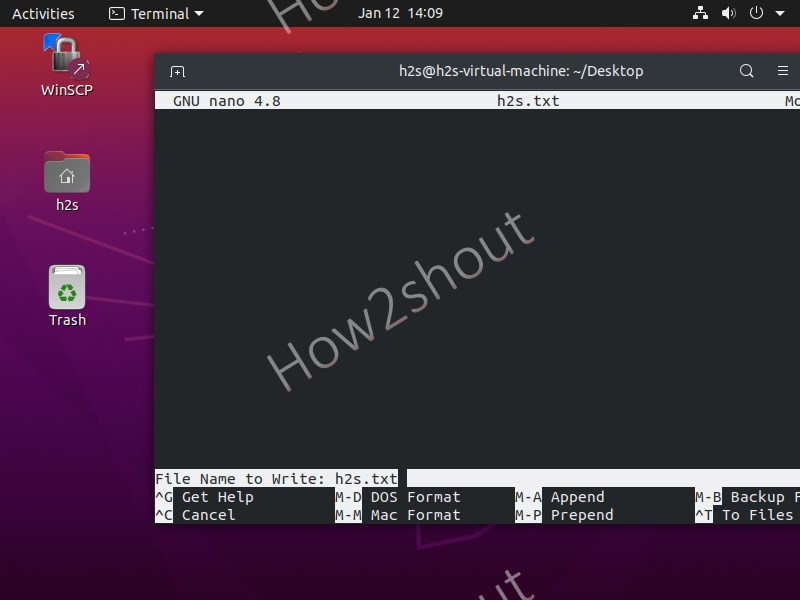

Below is a list of the categories of cookies we use and what they are used for.

We use cookies, JavaScript, tracking pixels, and other locally-stored data technologies to accomplish different purposes. Cookies are required in order to login and for your edits to be associated to a user account without cookies, your edits will be anonymous and unassociated with an account. We use the information we receive from cookies and other locally-stored data technologies to make your experience with the Wikimedia Sites safer and better, to gain a greater understanding of user preferences and interactions with the Wikimedia Sites, and to generally improve our services. What types of cookies does Wikimedia use and for what purposes?Ĭookies are not required in order to read or edit the Wikimedia Sites.

#HOW TO MAKE A NEW FILE IN UNI HOW TO#
For more information on how to manage your cookie options, please see Section 3 of this Cookie Statement below.įor more information on this and other key terms that may be relevant, please read through our Privacy Policy Glossary. You may remove or disable cookies through your browser settings. You can learn more about cookies on Wikipedia. A persistent cookie expires according to the duration set by us, or when you delete it manually. A “persistent” cookie is one that remains in your device, even after you close your browser or mobile application. A “session” cookie is one that generally expires when you close your web browser or mobile application. Every cookie expires after a certain period of time, but that period varies depending on what the cookie is used for and how your browser is configured.Ĭookies are often categorized based on how long they remain active before they expire. 2 What types of cookies does Wikimedia use and for what purposes?Ī “cookie” is a tiny data file that we transfer onto your computer, mobile phone, or any other device that you use to access the Wikimedia Sites, and is generally used for authentication and tracking.If content approval is required for your library, your file may need to be approved before it is visible to everyone who has permission to view the files in the library. You must check in the file before other people can edit it. If you are saving a file to a library that requires files to be checked out, the file is initially checked out to you. For example, you may be asked to choose the content type of the file or enter more details about the file. To rename your file, click Show actions next to the document, then click Rename, and enter a name.ĭepending on how your library is set up, you may be prompted for additional information about the file when you save it. If you don't see your files in the library, refresh the browser. It has a generic file name.Ĭlick the back arrow in your browser to return to the document library when done.

Your new file is automatically saved to the document library and will appear in the list of files. Note: To add a link in a document library, see Add a link in a document library.Īdd the text and other items that you want to your file.


 0 kommentar(er)
0 kommentar(er)
